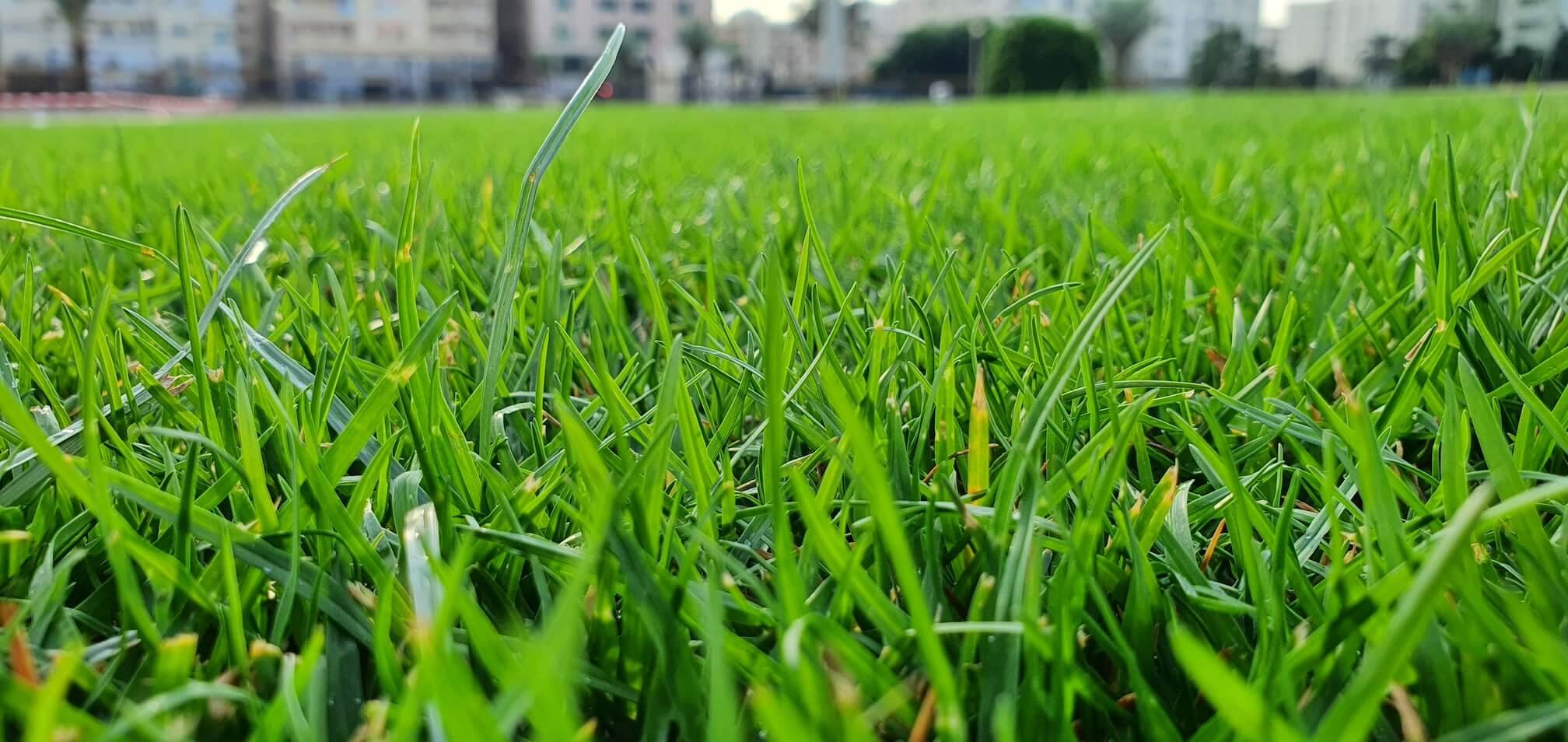Why Lawns Are a Problem
By: Josh
There are a lot of reasons why lawns are loved in our society. They represent a tamed version of nature- green and pretty, but with no places for scary creatures to hide and jump out at us, like in a forest. Lawns have been a part of our cultural psyche since the post-world war II development of suburbs, and represented the clean, healthy, green, safe alternative to living in crowded, anything-but-green cities. They were one of the signs of success, along with a house and a car.
But for all of this feel-good valor, the cost that lawns place on us collectively is huge. According to the Natural Resources Defense Council, every year across the country, lawns consume nearly 3 trillion gallons of water, 200 million gallons of gas (for all that mowing), and 70 million pounds of pesticides. They provide virtually no habitat for pollinators and other animals and plants that make up a healthy, diverse ecosystem.
Rainwater runoff from lawns can carry pesticides and fertilizers into rivers, lakes, streams, and oceans. This can poison fish and other aquatic animals and harm humans who swim, surf, and eat seafood that may be contaminated. And then, of course, there is the air and noise pollution of lawn mowers, lawn edgers and leaf blowers.
Many people are investigating alternatives to a turf lawn. Artificial turf has been promoted in the last few years. Newer products are more realistic than the astroturf of our youth. However, these lawns are still made from plastics and other petrochemical products.These materials break down with physical wear and exposure to sunlight, allowing microparticles to enter the soil and water supply.
Living plants pull carbon out of the atmosphere and deposit it in their tissues and in the surrounding soil. This carbon sequestering is lost when they are replaced by plastic turf. These artificial lawns also create a dead zone underneath them, since they block the interchange of oxygen and water with the underlying soil. This causes the important microbes in the soil to die.
In short, in this age of climate change, plastic turf doesn’t help cool the environment like natural foliage does. In fact, it can absorb the sun’s energy and warm up as much as asphalt, which increases the temperature of the surrounding environment.
Many people think that the opposite of a lawn is a dead-looking yard of gravel and a few spindly cacti. When we say ‘xeriscape’, ‘xeric gardening’, ‘water-wise gardening, or ‘drought tolerant gardening’, many people cringe, because they envision a desiccated, hot, dry, uncomfortable place.
In reality, most of the beautiful places in the Bay Area, such as the Marin Headlands, Point Reyes National Seashore, the San Mateo and Sonoma coasts, and the Berkeley/Oakland hills, are examples of xeric or drought tolerant ecosystems. In our garden designs, we seek inspiration from these areas and adapt them to a smaller scale, with native and exotic plants to provide shade, shelter, serenity and comfort.


